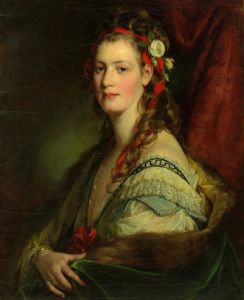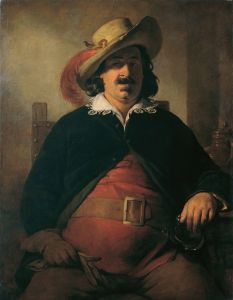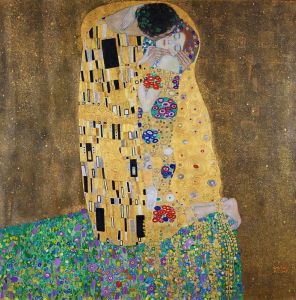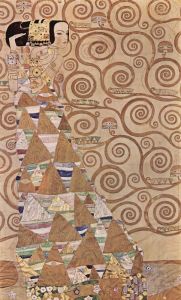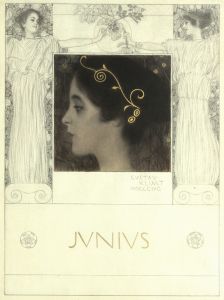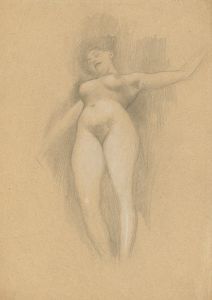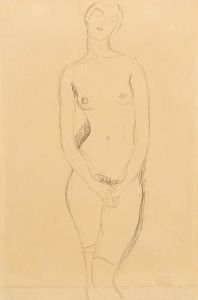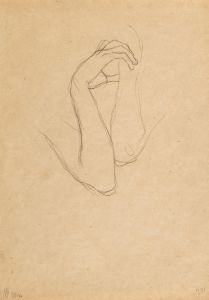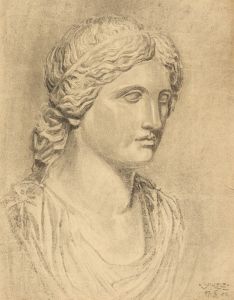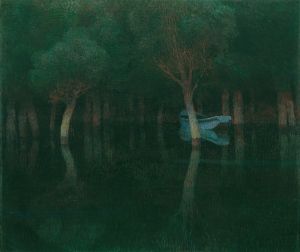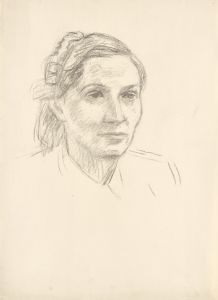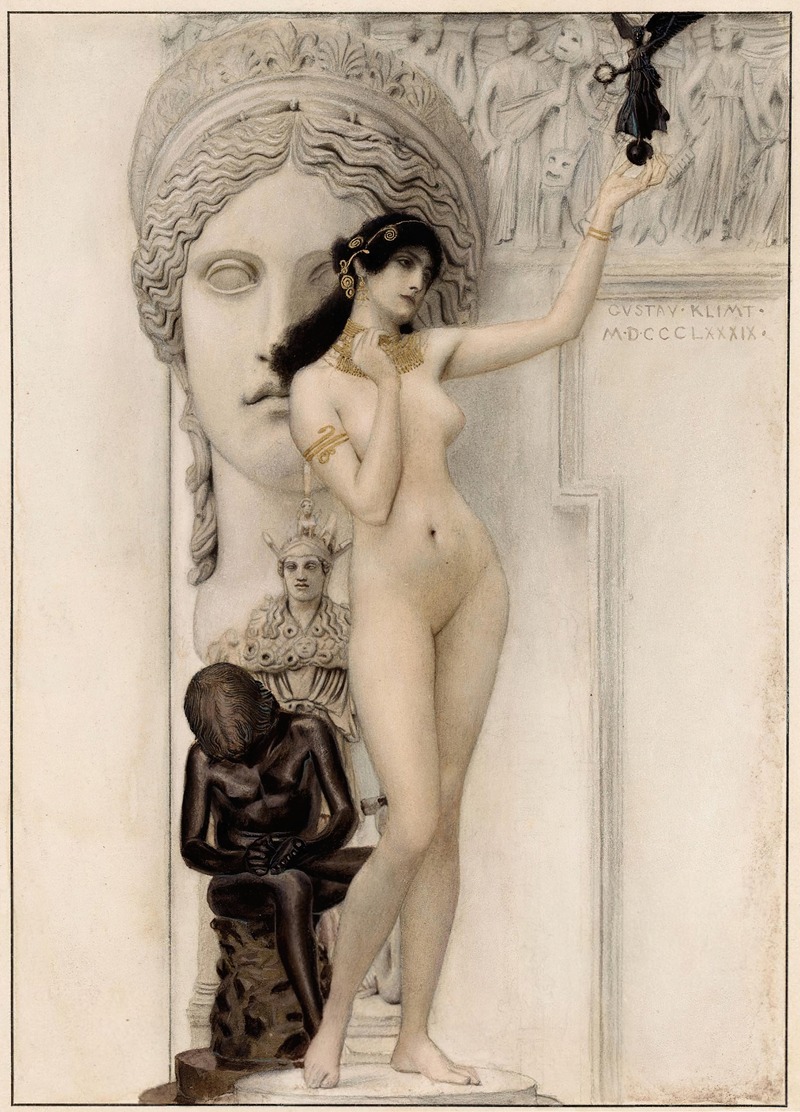
Allegory of Sculpture
A hand-painted replica of Gustav Klimt’s masterpiece Allegory of Sculpture, meticulously crafted by professional artists to capture the true essence of the original. Each piece is created with museum-quality canvas and rare mineral pigments, carefully painted by experienced artists with delicate brushstrokes and rich, layered colors to perfectly recreate the texture of the original artwork. Unlike machine-printed reproductions, this hand-painted version brings the painting to life, infused with the artist’s emotions and skill in every stroke. Whether for personal collection or home decoration, it instantly elevates the artistic atmosphere of any space.
Gustav Klimt, an Austrian symbolist painter, is renowned for his distinctive style and contribution to the Vienna Secession movement. Among his diverse body of work, "Allegory of Sculpture" is one of the pieces that reflect his engagement with allegorical themes, although specific details about this particular work are not extensively documented in art historical records.
Klimt was born in 1862 in Baumgarten, near Vienna, and he became one of the most prominent members of the Vienna Secession, a group of artists who broke away from the traditional academic art institutions of the time. His work is characterized by a highly decorative style, often incorporating gold leaf, intricate patterns, and symbolic elements. Klimt's art frequently explores themes of beauty, eroticism, and the human condition, often through allegorical representations.
"Allegory of Sculpture" fits within Klimt's broader oeuvre, which often includes allegorical and symbolic subjects. Allegory, as a genre, uses symbolic figures, actions, or representations to convey complex ideas and messages. In Klimt's work, allegories often serve to explore the relationship between art and life, the role of the artist, and the nature of creativity.
While specific information about "Allegory of Sculpture" is limited, it can be contextualized within Klimt's artistic development and thematic interests. During the late 19th and early 20th centuries, Klimt produced numerous works that depicted allegorical figures, often female, representing various artistic and philosophical concepts. These works are characterized by their sensuality, use of symbolism, and the integration of the human figure with ornamental elements.
Klimt's approach to allegory was influenced by both classical traditions and contemporary movements. He drew inspiration from ancient Greek and Roman art, as well as from the Symbolist movement, which emphasized the use of metaphor and symbolism to express deeper truths. Klimt's allegorical works often feature figures that are both idealized and abstracted, set against richly decorated backgrounds that blur the line between figure and ornament.
The Vienna Secession, of which Klimt was a leading figure, sought to create a new form of art that was free from the constraints of academic tradition. This movement embraced a wide range of artistic styles and media, and it encouraged artists to explore new ideas and forms of expression. Klimt's allegorical works, including "Allegory of Sculpture," reflect this spirit of innovation and experimentation.
In summary, while detailed information about "Allegory of Sculpture" by Gustav Klimt is scarce, it can be understood as part of his broader exploration of allegorical themes and his contribution to the Vienna Secession movement. Klimt's work is celebrated for its decorative beauty, symbolic depth, and its ability to convey complex ideas through the language of art.





